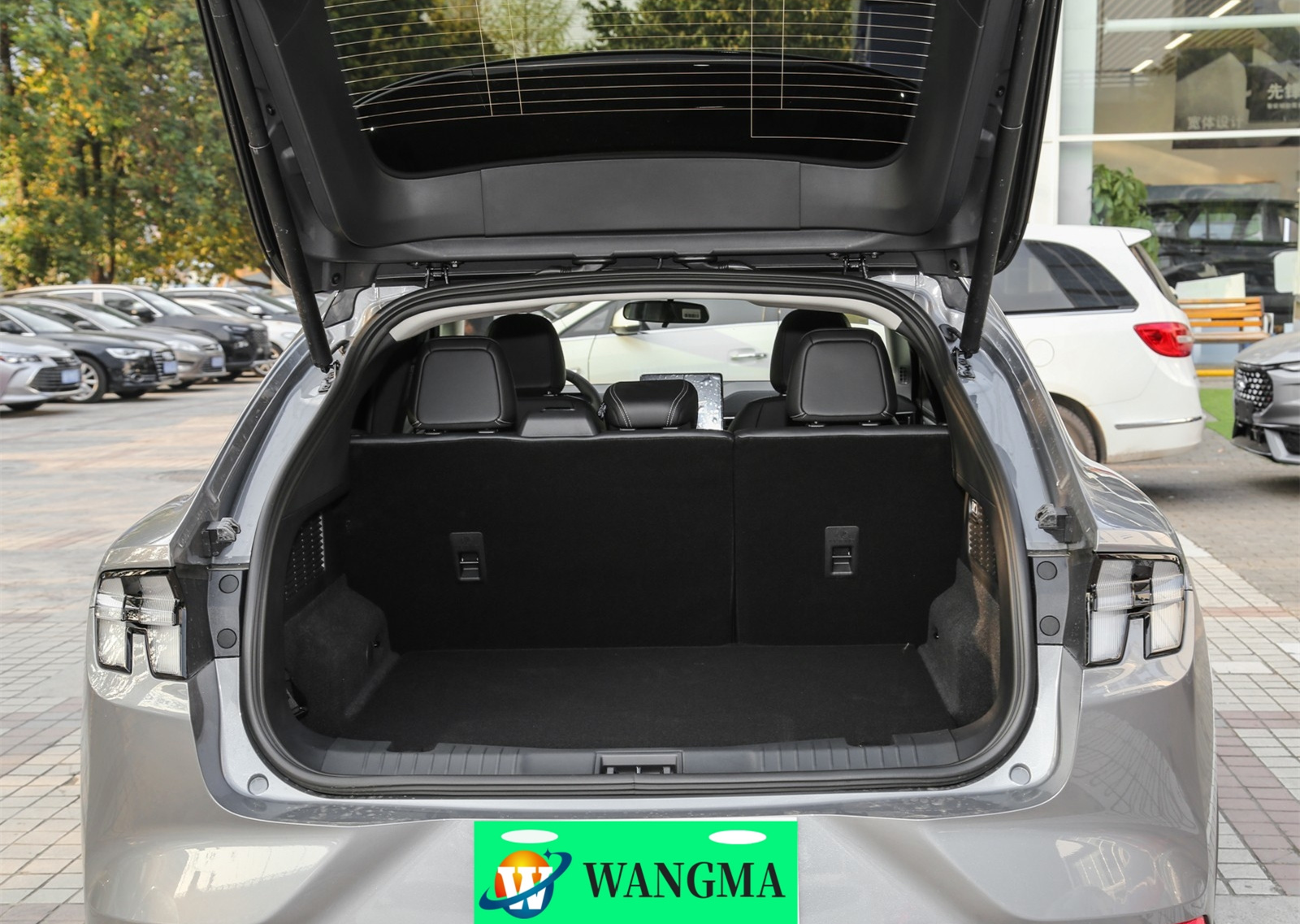
Des . 11, 2024 09:21 Back to list
manufacturers of rolled metal roofing materials for construction and renovation projects
The Evolution and Significance of Rolled Metal Roofing Factories
Rolled metal roofing, a staple in the construction industry, has transformed over the decades into a favored solution for both residential and commercial buildings. The factories that produce rolled metal roofing are pivotal in this evolution, blending traditional craftsmanship with modern technology to meet the growing demand for durable, versatile, and aesthetically pleasing roofing solutions.
Historical Perspective
The origins of metal roofing can be traced back to ancient civilizations, where copper and lead were utilized to protect roofs. However, the modern rolled metal roofing industry began to take shape during the industrial revolution, with the advent of steel production techniques. Factories started rolling metal sheets into roofing materials that were not only cost-effective but also offered enhanced durability compared to their wooden or clay counterparts. The advancements in metallurgy and rolling techniques over the years have led to the production of robust roofing solutions that can withstand harsh weather conditions, demonstrating the significant evolution of rolled metal roofing.
Types of Rolled Metal Roofing
Rolled metal roofing comes in various materials, including galvanized steel, aluminum, and copper, each offering unique benefits. Galvanized steel is widely used due to its corrosion resistance and affordability, making it suitable for a variety of climates. Aluminum, on the other hand, is known for its lightweight properties and resistance to rust, while copper, though more expensive, adds a touch of elegance and longevity, making it a favored choice for premium applications.
These factories employ advanced techniques such as cold rolling and hot rolling to create metal sheets of varying thicknesses and profiles. The flexibility of rolled metal roofing allows for customization in design and application, catering to the specific needs of builders and architects.
The Manufacturing Process
The process of manufacturing rolled metal roofing is meticulous and requires a blend of technology and skilled workmanship. It begins with high-quality metal coils, which are fed into rolling mills where they are shaped and stretched to the desired thickness. Precision is key, ensuring that the metal maintains consistent dimensions across long sheets. Once shaped, the metal is often treated with protective coatings to enhance its durability and resistance against rust and environmental damage.
rolled metal roofing factories

Quality control is an integral part of the production process. Factories conduct rigorous testing to ensure that every sheet meets industry standards for strength and reliability. This commitment to quality not only supports the longevity of the roofing products but also safeguards the integrity of structures they cover.
Sustainability and Innovation
In recent years, rolled metal roofing factories have witnessed a paradigm shift towards sustainability. With the construction industry becoming increasingly aware of its environmental impact, manufacturers are investing in eco-friendly practices. This includes sourcing recycled materials for production and developing roofing systems that improve energy efficiency.
Moreover, innovations in green technologies have led to the development of reflective coatings that enhance sustainability by reducing heat absorption, thereby minimizing energy consumption for cooling purposes. These advancements not only meet the demands of the eco-conscious consumer but also align with global efforts to combat climate change.
Economic Impact and Workforce Development
Rolled metal roofing factories contribute significantly to local economies by providing jobs and fostering skill development. Skilled labor is essential in this industry, and many factories invest in training programs that enhance the skill sets of their workforce. This not only boosts productivity but also leads to innovation within the sector.
As the demand for rolled metal roofing continues to rise, especially in burgeoning urban areas, the factories are positioned to play a critical role in shaping the future of architecture and construction. They symbolize the interplay between industrial advancement and environmental responsibility, illustrating how modern manufacturing can adapt to meet contemporary challenges.
Conclusion
In summary, rolled metal roofing factories are more than mere production facilities; they are instrumental in the evolution of building materials, reflecting advances in technology, craftsmanship, and sustainability. As the construction industry continues to evolve, these factories will remain at the forefront, adapting to new challenges while maintaining a commitment to quality, durability, and innovation. The future of rolled metal roofing is bright, and the factories that produce these materials are set to lead the way in redefining architectural possibilities.
-
Affordable Used Car Dealerships in Taunton MA Save Big!
NewsJun.05,2025
-
Affordable Used Cars in Elko NV Top Value & Reliability
NewsJun.05,2025
-
Fairbanks Used Cars - Find Budget-Friendly & Reliable Vehicles!
NewsJun.05,2025
-
Affordable Used Cars Cleveland Best Priced Deals
NewsJun.04,2025
-
Used Car Lots in Yuba City CA Top Quality & Prices
NewsJun.04,2025
-
Affordable Used Cars Pottsville PA – Reliable & Budget-Friendly
NewsJun.04,2025